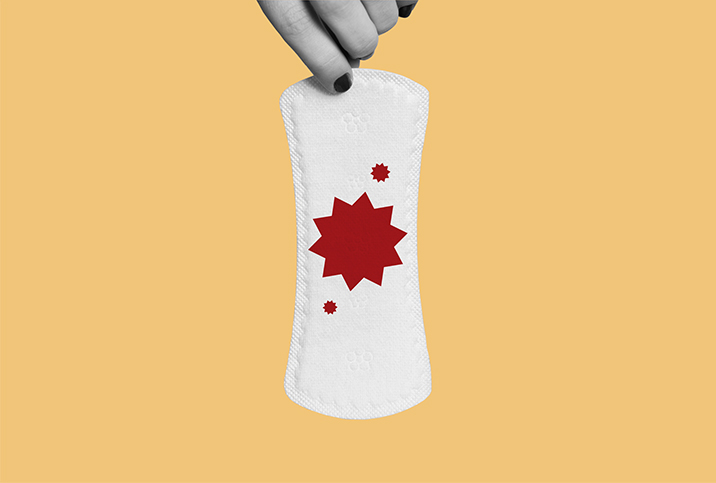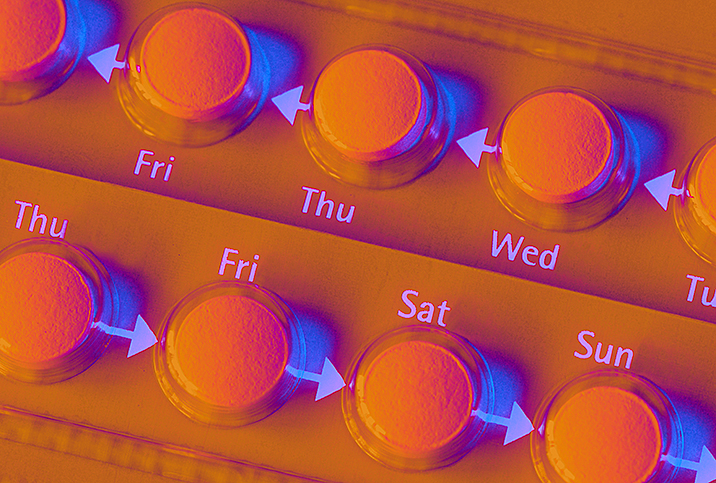A Guide to Deep Vein Thrombosis

More than 900,000 Americans are diagnosed with deep vein thrombosis (DVT) each year, according to the Centers for Disease Control and Prevention (CDC). This figure makes DVT the third most common vascular disease in the United States, behind heart attacks and strokes.
Deep vein thrombosis is a type of venous thromboembolism that occurs when blood clots form in deep veins of the body, most frequently in the lower body, such as the legs and pelvis, though it can occur in the arms, too.
Lifestyle factors can increase the risk of developing deep vein thrombosis, but it can happen to anyone. Triggers can be as innocuous as sitting during a long car ride or flight, or being confined to bed for a long period. DVT can be caused by an injury to a vein as a result of a fracture, a severe injury to a muscle or major surgery in the affected area.
"Pain is a major complication along with skin discoloration and persistent swelling and/or pain in the leg even after the blood clot has been treated, due to the damaging effect on the vein," explained Oladimeji Oki, M.D., a family physician in the Bronx in New York City. "The biggest concern is that the clot will break off and head to the lung, causing what we call a pulmonary embolism."
Statistics indicate women are more likely than men to have distal DVT below the knee in the calf veins, whereas men have a higher proportion of proximal DVT in the popliteal, femoral or iliac veins.
Being pregnant or taking birth control medication could be risk factors for deep vein thrombosis because they raise levels of estrogen, which increases the risk of blood clots. According to the CDC, pregnant women are five times more likely to have a blood clot compared with those who are not pregnant. Having a pulmonary embolism is a leading cause of death for women during or just after childbirth.
The most common location for deep vein thrombosis is the lower extremities. DVT often causes pain, swelling and tenderness of the affected limb and area of the body. When DVT presents in the leg, squeezing the calf can often worsen the pain. The skin of the affected area often feels warmer due to a stasis of blood.
Leading to a stroke
Oki noted that pulmonary embolisms—where a piece of the blood clot breaks off and gets stuck in the arteries in the lung, partially or completely blocking blood flow—can cause sudden shortness of breath, respiratory failure and death. Other symptoms include chest pain, low blood pressure and irregular heartbeat. He emphasized this condition should be treated as a medical emergency.
"A pulmonary embolism is one of the most serious complications of DVT and can occur in a short amount of time if the diagnosis is not made," said Terrell Smith, M.D., director of clinical development at Spora Health in Virginia.
Smith added that depending on the size of the clot and severity of the blockage, a pulmonary embolism may be treatable, but in severe cases could be fatal.
Many people with deep vein thrombosis report no noticeable symptoms whatsoever.
Although less common, a clot can form, or embolize, in an artery that supplies blood to the brain and cause an ischemic stroke. About 90 percent of all strokes are ischemic, and treatment is required immediately. While it's possible a tiny clot could dissolve on its own, known as transient ischemic attacks (TIAs), if you're experiencing neurological symptoms, you should consider the clot as potentially large and seek immediate medical attention.
Many people with deep vein thrombosis report no noticeable symptoms whatsoever. The most common symptom reported is pain in the back of the calf, which can be easily confused for a normal muscle injury.
How DVT can affect your sex life
While deep vein thrombosis most commonly appears in the lower legs, it can happen anywhere in the venous system, especially in people prone to clotting due to other medical conditions.
"If the venous vessels in the genital areas are affected, this could have an effect on sexual health, including pain during intercourse, issues with fertility or even issues with arousal," Oki said.
"If you're experiencing acute symptoms from diagnosed DVT, sexual activity may not be advisable," Smith said. "A DVT diagnosis doesn't mean the end of your sex life, but it's often recommended that you wait until the treatment has addressed your symptoms before resuming your normal routine. If you're being treated with anticoagulants, even the smallest physical trauma can cause severe bleeding, meaning that extra care should be taken in the bedroom."
He added that the impact on sexual activity is only a short-term concern.
"There is no known risk of a clot affecting the sexual organs, so sexual activity can resume once cleared from the DVT concern," Smith continued. "The real issue is if there is a complication of the DVT, like a pulmonary embolism or stroke. Sexual activity may be too much stress for the body to handle at that time."
Diagnosis and treatment options
To determine the presence of deep vein thrombosis, a doctor may require a number of imaging tests to monitor blood flow in the veins. The most common type of imaging test used is called a duplex ultrasound, which uses sound waves to detect blockages and potential clots in deep veins.
"A blood test to detect the presence of a blood clot may also be required, especially if there is concern that a clot may have traveled to your lungs," Smith explained. "Simpler tests do exist, however, which can help a medical professional estimate your risk for deep vein thrombosis in their office. A simple measurement comparing the size of the legs around the calf area can be very helpful in diagnosing a DVT."
While simple tests are easier to conduct, they may not be sufficient alone, which is why you should always consult your physician.
"A DVT can often be suspected clinically by a healthcare provider based on a history of prolonged stationary behavior, such as long bus/plane rides or a recent hospitalization or surgery," Oki said.
He added that your doctor can suspect DVT based on a physical examination of the affected limb. They look for one-sided swelling, especially if there's new or sudden pain with squeezing of the leg, or feel for a cord-like mass in the back of the leg.
It is important to note that though many people with varicose veins and venous insufficiency may suffer swelling in the legs after sitting for a while due to the venous blood pooling, this is not the same as deep vein thrombosis.
'We prevent DVTs by encouraging people to get up for a bit when taking a long bus or plane ride and/or do calf exercises squeezing the calf muscles.'
DVT can be treated with medication, Smith said.
"Anticoagulants are medications commonly referred to as 'blood thinners,' which help to slow or prevent the formation of blood clots and are the most common first-line treatment for DVT," Smith said. "These medications may be administered via an injection or swallowed in pill form. Over time, the body may naturally absorb the existing blood clot, thus, preventing the further risk of serious health consequences."
Some people are prone to blood clots due to conditions such as genetic diseases, cancer and autoimmune conditions like lupus. In these cases, a patient may wind up taking the blood thinner for a longer period of time. In severe cases, a doctor may perform a thrombectomy, where the clot is removed surgically, but this is only recommended when symptoms are severe or blood thinners cannot be used.
"We prevent DVTs by encouraging people to get up for a bit when taking a long bus or plane ride and/or do calf exercises squeezing the calf muscles," Oki said. "This can be done with heel and toe raises while seated. For those who are in the hospital, we often give a low-dose blood thinner to prevent clots as many people don't tend to move out of their bed while there and that puts them at higher risk."
Wearing compression stockings on long flights also may help prevent venous blood stagnation.
Smith advocated regular exercise and maintaining a healthy weight to help prevent DVT. He also cautioned against taking aspirin and instead suggested consulting a healthcare provider for their best advice on blood thinners. Additionally, talk with your doctor before long trips if you're in a "high-risk" category, such as you suffer from diabetes, high cholesterol or other cardiovascular issues.
If you have a family history of deep vein thrombosis or you're presenting troubling symptoms—bruising easily, having heavy periods or blood showing in vomit or poop—get in touch with your healthcare provider immediately.


















